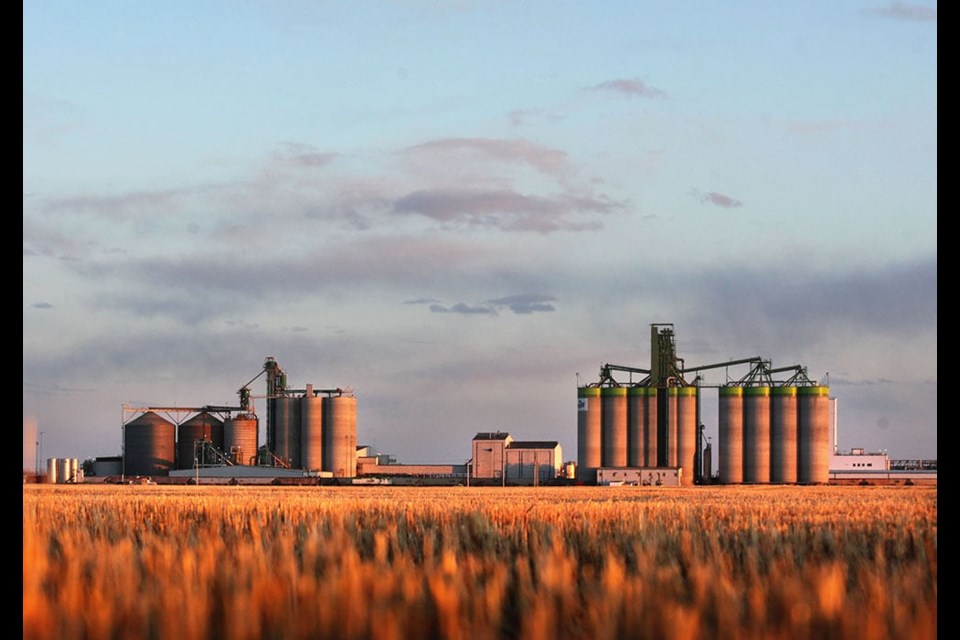WESTERN PRODUCER — Canada’s leading farm lender is forecasting another good year for farmers in 2023.
Farm cash receipts are expected to increase by 4.6 percent to $98.8 billion, according to Farm Credit Canada. The rate of growth will be down from last year’s 14.1 percent, but is still a healthy increase.
Saskatchewan will lead the way with a 7.6 percent hike, followed by British Columbia at 5.9 per cent and Manitoba at 4.9 percent.
Receipts for grains, oilseeds and pulses are expected to grow by 9.4 percent in 2023, compared to 18.3 percent last year.
That is because part of the rebound in production in 2022 will be marketed in 2023 and crop prices remain above the five-year average due to tight global supplies of many crops.
FCC predicts canola revenues will set the pace, growing by 14.2 percent, followed by peas at 12.7 percent and lentils at 10.8 percent.
Costs are also expected to continue climbing, rising five percent for a canola/wheat rotation in the Prairie region.
Fertilizer costs are expected to climb one percent versus a 64 percent increase in 2022, while fuel costs will rise seven percent compared to a 44 percent hike last year.
Desmond Sobool, principal economist with FCC, expects price volatility to continue in 2023 but not to the same degree as last year when Russia’s invasion of Ukraine led to all kinds of market uncertainty.
He will keep tabs on what happens in Brazil and Argentina, two countries that accounted for 57 percent of global soybean exports and just under half of the world’s corn trade in 2022.
“What happens in Â鶹ÊÓƵ America does have a huge impact on global commodity prices,” Sobool said during a recent FCC webinar.
Argentina is enduring its worst drought in 40 years, while Brazil has experienced timely precipitation.
“Overall, it’s a bit ambiguous what’s going to happen in Â鶹ÊÓƵ America, but it is definitely something we want to keep our eye on,” he said.
U.S. fed and feeder cattle futures prices increased in the second half of 2022 and at the start of 2023 remain above their five-year average values.
“This is going to be good news for feedlots and a return to profitability in 2023,” said Sobool. “There is some much-needed optimism in the beef sector, which has not been there for a while.”
U.S. and Canadian heifers will account for more than 30 percent of total slaughter in 2023, a level not seen in a decade.
That is due to lack of feed and water caused by drought in the Plains region.
While contraction of the North American cattle herd is set to improve the short-term situation, it will have far-reaching consequences for beef production.
Canadian cattle farm cash receipts are forecast to increase 3.4 percent to $11 billion in 2023. Demand for Canadian cattle will remain robust as the U.S. struggles with supplies.
FCC chief economist J.P. Gervais said hog prices should support profitability in that sector as well, although prices are expected to fall in the second half of the year.
Hog farm cash receipts are expected to increase 7.7 percent to $7.2 billion. Meanwhile, feed costs will drop eight percent from 2022 levels.
The Canadian Dairy Commission is increasing the support price for butter on Feb 1, estimating it will result in a 2.2 percent increase in the milk price. Farm cash receipts for the dairy sector are forecast to increase 5.7 percent to $8.7 billion.
Gervais said inflation is starting to ease, but will remain at elevated levels throughout 2023. The Bank of Canada on Jan. 25 increased its benchmark rate to 4.5 percent.
“That will be the last increase we get as part of this cycle of higher interest rates that started out in 2022,” he said.
Long-term interest rates are lower than short-term rates, a signal that a recession may be looming as investors expect economic activity to slow.
One of the biggest problems facing the agriculture sector is the tight labour market. Job vacancy rates for farms, food processors, wholesalers and food stores are more than double pre-pandemic levels.
Gervais warned the sector to prepare for a continued labour crunch in 2023.
The loonie started 2022 at US$0.79 and finished the year at just under $0.74. FCC expects further deterioration in early 2023, declining to near $0.72 before starting to rise again by the end of the year.
The exchange rate is a dual-edged sword, but for the most part farmers are better off in a low Canadian dollar environment, he said.




